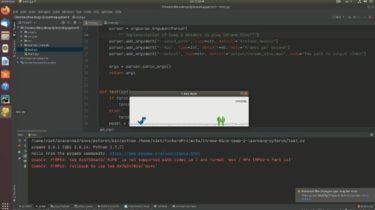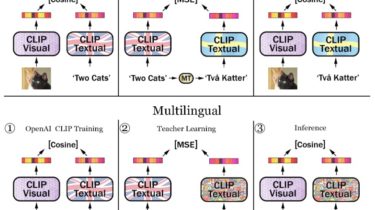Deep Q-learning for playing chrome dino game
Deep Q-learning for playing Chrome Dino python source code for training an agent to play flappy bird. It could be seen as a very basic example of Reinforcement Learning’s application. Result The corresponding output video will also be generated and stored by default at output/chrome_dino.mp4Output video How to use my code With my code, you can: Train your model from scratch by running python train.py Test your trained model by running python test.py Trained models You could find my trained […]
Read more








